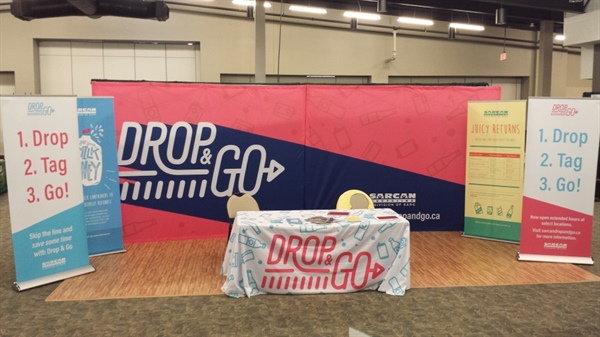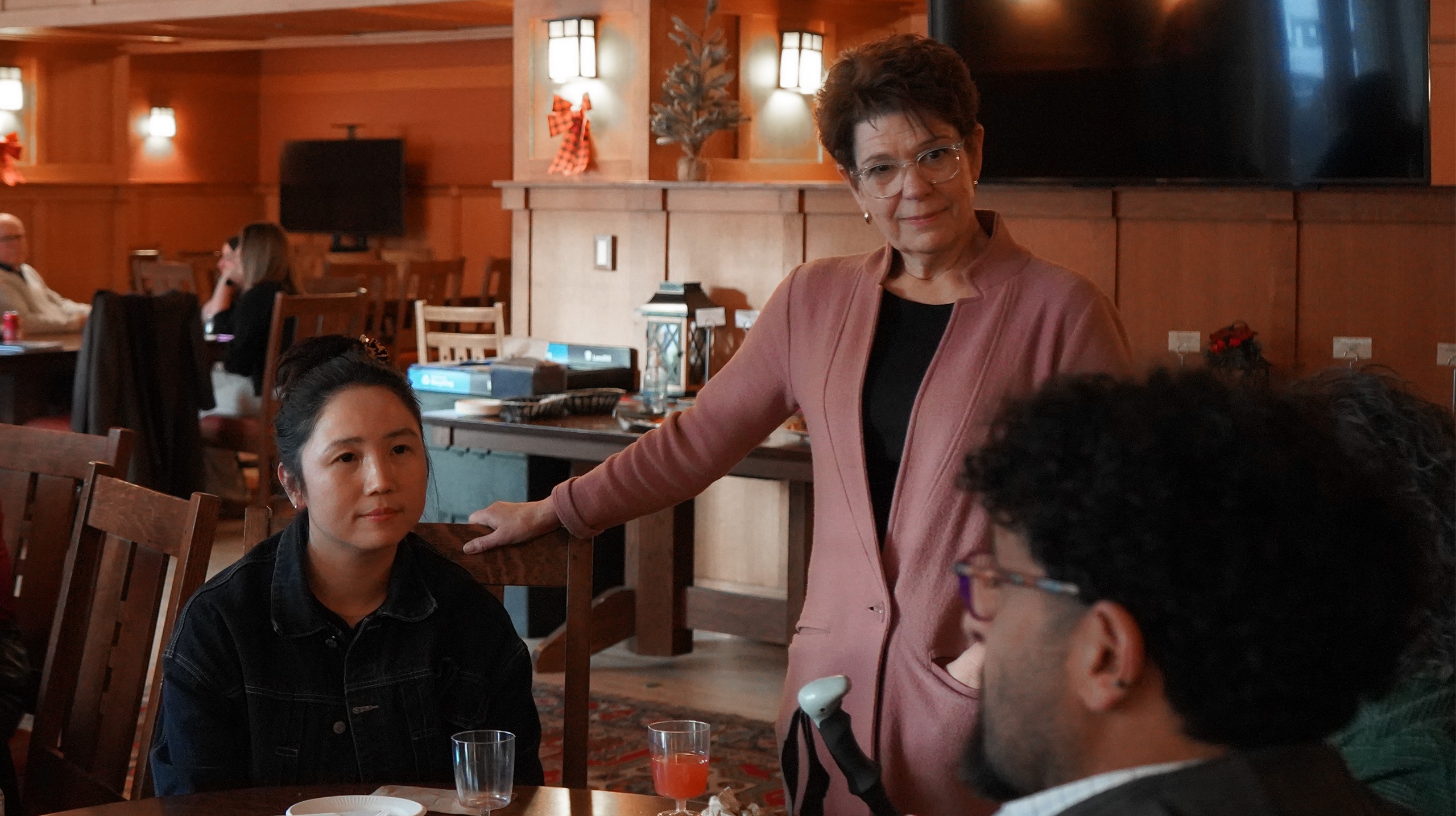By Sydney Smith, SARCAN Communications
The following success story explores how SARCAN, Saskatchewan’s recycling network, applied quality improvement principles to stay relevant when the province’s recycling landscape changed dramatically in 2012.
The problem: Could SARCAN stay relevant?
In 2012, SARCAN realized it had a problem. The recycling company was about to celebrate its 25th year of doing what it had been doing since 1988 – recycling beverage containers – when the entire landscape of recycling in the province changed. At that time, the deposit beverage container recycling system was one of the few recycling programs offered in the province; the service was cherished by communities all across Saskatchewan. From family trips to the depot, to big community bottle drives for school trips and sports teams, SARCAN held a special place in the hearts of the people of Saskatchewan. With the introduction of curbside recycling to the province, it was imperative SARCAN figure out how it would stay relevant.
The introduction of curbside recycling
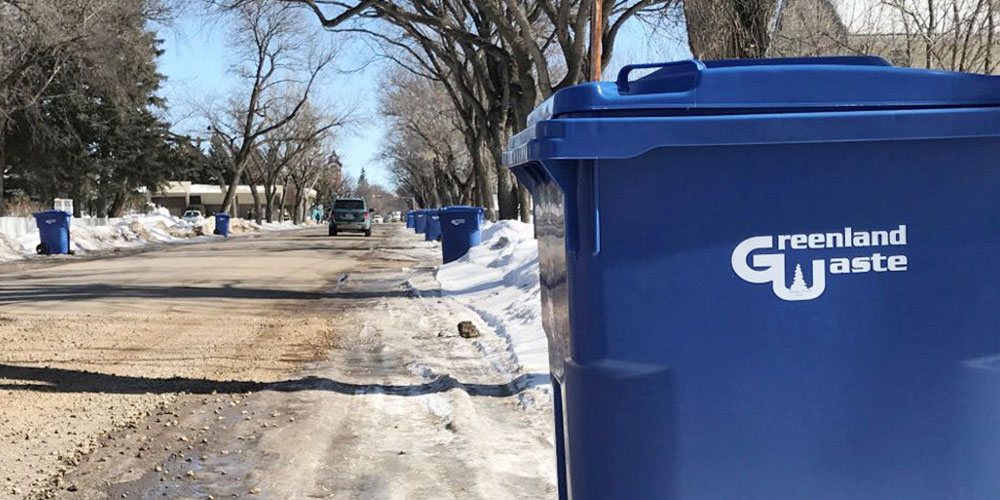
Curbside recycling was a monumental achievement for Saskatchewan’s environment. Prior to that, there weren’t many options for recycling household materials like shampoo bottles, yogurt containers, tissue boxes, and all of the materials that were not part of SARCAN’s programs. Curbside recycling ensures that materials are not only diverted from landfills, but that they are turned into new products.
When curbside recycling was announced, SARCAN worried whether the public’s perception of their service might change. While SARCAN would carry on business as usual, they knew citizens could choose not to return their bottles for the refund and instead put their containers into curbside blue bins.
Would people still see the value in SARCAN?
The curbside operators continued to bring beverage containers to SARCAN, so recycling carried on as it always had. But SARCAN still faced considerable uncertainty: Would people still see the value in SARCAN? Deposits had not increased since 1992. Was the money worth it? Was their time worth it? SARCAN leaders didn’t know if people were recycling for the deposit money, or just to keep things out of the landfill. If it wasn’t about the money, then curbside allowed them to recycle without the extra burden of going to one of the depots. Prior to curbside bins, if beverage containers didn’t go to SARCAN they didn’t get recycled.
If too many people opted to recycle through curbside bins, SARCAN wouldn’t need collection depots anymore, which would mean no more jobs. SARCAN employs over 700 people of all abilities in communities all across the province, and it was important to keep small locations open, and to keep jobs in the local community.
The launch of an improvement strategy
It was time to go back to the drawing board. SARC/SARCAN’s Executive Director, Amy McNeil, led the agency’s board of directors and the staff through extensive strategic planning to map out its future. Sean Collins, SARCAN’s Director of Collections, was at an annual conference with the recycling affiliates of Canada when he saw a new service that was being piloted in Newfoundland – a province with a similar deposit beverage program – to offer a more convenient option. And with that, the idea for Drop & Go was born. With Drop & Go, customers can drop off their bottles at SARCAN and then go – no waiting in line – and their refund money is auto-deposited to a PayPal account.
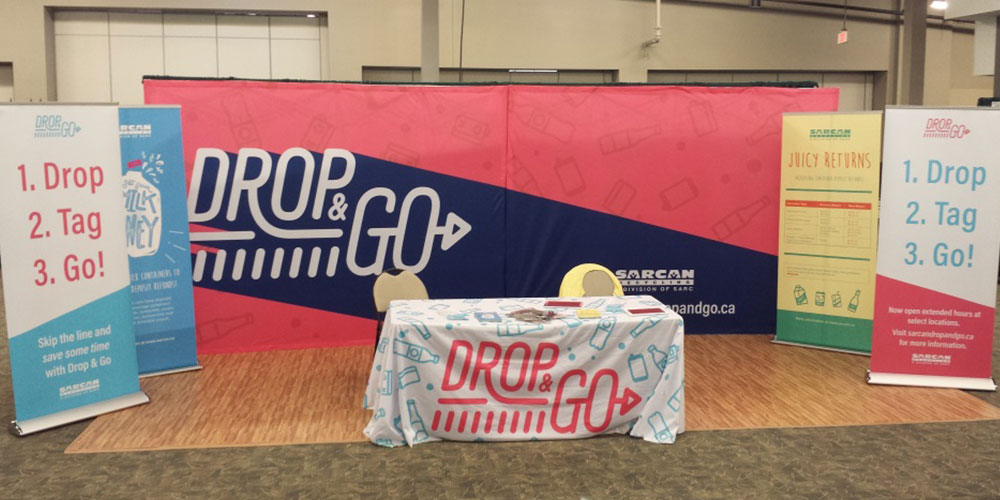
Four improvement tips from SARCAN
SARCAN had a clear understanding of the problem they faced: Adapt or die. This focused their thinking on different ways they could achieve longevity. Here are four tips from SARCAN’s journey that sparked their continuous improvement journey.
1. Listen to your customer
In order to offer improved quality in the product or service you offer, you should have your customer wants and needs at heart. This starts with getting to know them, what they want, what they think, or even what their pain points are. If you don’t know these things, you can simply start by asking them.
Drop & Go started in 2014 as a pilot project in Saskatoon and Martensville. Because it was one of the busiest depot centres in the province, Saskatoon was chosen as a test site to determine whether Drop & Go would decrease wait times. That same year, SARCAN conducted its first customer satisfaction survey.
“It was the first time in our history as a monopoly that we had to start really listening to our customers,” said Sean Homenick, SARCAN’s Manager of Communications and Culture. “Out of the survey, one key area was thematic throughout – we needed to work on our wait times.”
2. Create infrastructure to support the change
When you introduce a change, it is important to provide supporting infrastructure, whether it is through software, training, or staff assigned to help lead the move to a new way of doing things. These supports will help get everyone up to speed and creates buy-in. They also help to spread the information or materials required to implement the change itself.
It was through the success of the pilot project and information collected through its customer satisfaction survey that SARCAN’s continuous improvement was born. Drop & Go was the spark that started it all. To facilitate the technological requirements of Drop & Go, the entire depot system needed to be modernized to accommodate a computerized point of sale system in all locations. With access to computers and reliable internet connections, a world of possibilities was born.
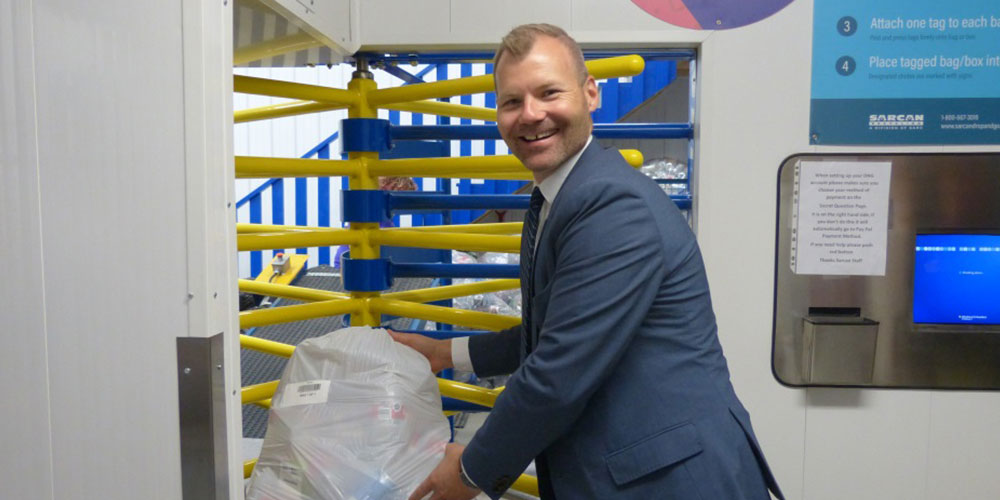
Over the next three years, SARCAN introduced Aspire, a new training platform that has migrated all training modules online. “Not only has there been cost savings with travel, but it has also been an excellent opportunity to offer continuous learning, professional development, and interactive and relevant customer service training,” said Homenick. SARCAN also added a custom-designed communications portal, online educational information, and interactive depot tours.
3. Start small, go slow
It is important to start small and implement your change slowly. Keeping the scope manageable will allow you to determine whether your change is, in fact, an improvement. Going slowly ensures that the people affected will be able to handle it. It also ensures that you have time to get the entire team on board, including the naysayers and skeptics. As the saying goes, don’t run before you can walk.
SARCAN’s biggest learnings from the introduction of Drop & Go – and all of the supporting education, training and communications tools that followed – was to start small and proceed slowly.
“I learned quickly how massive of a change this was for our staff; we went from the Stone Age to the Space Age at our depots,” said Sean Collins. “For logistical and IT reasons, it often makes sense to do a giant update all at once, but we purposefully went slowly, and methodically, depot by depot,” said Collins. “It was really important to have early adopters champion the system for us, and to provide peer-to-peer learning wherever possible. Allow for hands-on experience and time – letting people get used to it.”
4. Improvement is iterative
Things don’t remain static. It is important to keep engaging with your customers after you’ve introduced an improvement, so you understand the impact of the change and whether there are further opportunities to refine the new process.
SARCAN’s next step was to gain a deeper understanding of who would be using Drop & Go. Once users began signing up for accounts, the organization started to get a clearer picture of Drop & Go users’ demographics. Once the new system was in place, it didn’t take long for SARCAN to realize that many people were using it for virtual bottle drives. Organizations such as Telemiracle have a year-round bottle drive so people can donate any time they visit the depot, at any location in the province.
Customers had complained about wait times, but there were also other needs (like wanting to donate to charity) that helped SARCAN shape how they offered their service. They continued to improve on their original improvement idea.
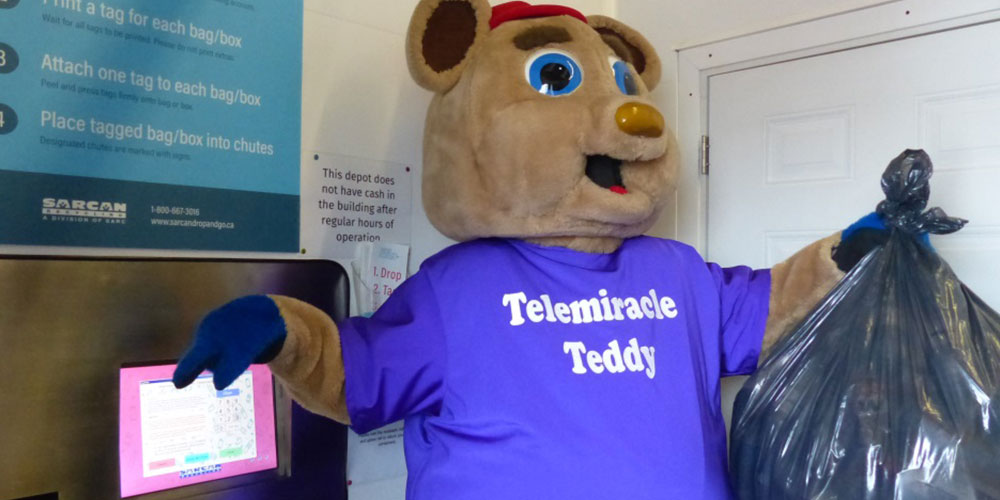
In 2018, SARCAN’s Drop & Go system received the New Direction Business Builder Award from the North Saskatoon Business Association. Clearly, people were starting to notice Drop & Go. The most important goal for SARCAN was to offer customers choice and it appears to be working. Some customers will choose to wait in line and get their cash, some will choose to get their deposit refunds electronically, and others will decide to donate the money to a charitable organization.
Improvement can happen anywhere
SARCAN’s story helps illustrate that the principles of improvement are the same regardless of the industry – whether that’s recycling or health care delivery: When introducing a change, it’s important to be clear on the problem you’re trying to solve. You need to understand and listen to your customer. Your chances of success increase when you start with small, manageable-sized changes. Be sure to put in place the supporting infrastructure that will make it easy for people to implement and sustain the change. Finally, remember to regularly check back with your customer – they’re bound to have suggestions about you can improve on that original idea.

